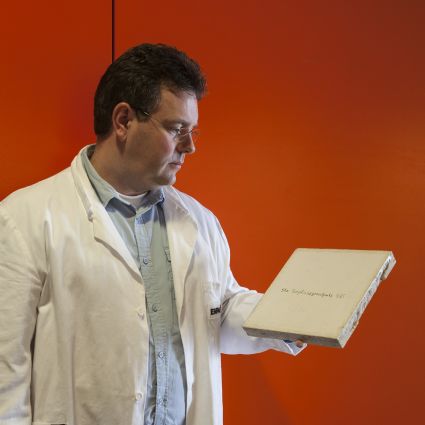|
The new wall plaster that Empa building physicist Thomas Stahl was looking for needed to be humidity regulating, mineral-based, easy to use and not much more expensive than alternative products. The newly developed moisture-buffering plaster can in fact absorb 90 g of water vapour per square meter, measured by the standardized «Nordtest» method. This exceeds the capacity of the best clay rendering, measured for comparison purposes, by about 30 per cent.
No more condensing water on thermal bridges
The health and economic advantages offered by a relatively stable air humidity are enormous. Occupants and furnishings are less stressed, and energy consumption (and therefore heating costs) drops because dry air can be brought to a comfortable room temperature more quickly.
In order to achieve the required level of humidity storage capacity, the moisture-buffering plaster has to be applied with a thickness of 1 to 2 cm. This significantly reduces the risk of water vapour condensing on cold areas of the wall and on thermal bridges. The moisture absorbing plaster draws in the excess humidity from the room air and stores it, releasing it back to the environment hours later. The room - for example a windowless bathroom - only need be aired and then warmed up again.
|


